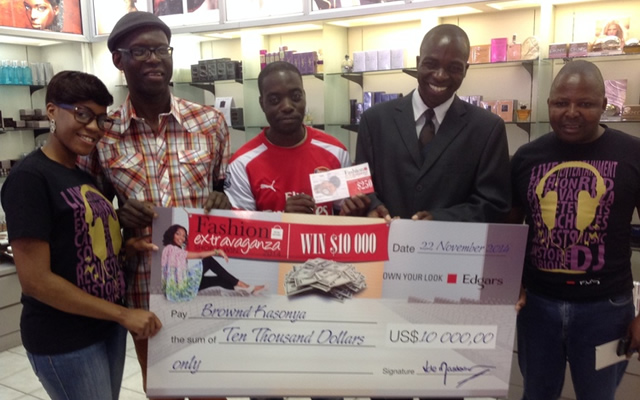The new mission for brands: Winning shoppers in the store

 Life was a lot simpler when the CEO of a consumer goods company could focus most of his or her attention on marketing to grow a brand. But whether the category is yoghurt, detergent or sports drinks, companies are feeling pressure to shift more energy to sales and commercial capabilities. As new channels and store formats emerge in mature markets and modern trade takes root in developing markets, tougher competition is making retailers strive even harder to increase store productivity. Meanwhile, each year sees a rise in the number of shoppers waiting until they are in the aisle to choose among competing brands in any given category, often making up their minds in just a few seconds and reconsidering their choice every other time they buy. More than ever, controlling the in-store experience is critical for brand growth.
Life was a lot simpler when the CEO of a consumer goods company could focus most of his or her attention on marketing to grow a brand. But whether the category is yoghurt, detergent or sports drinks, companies are feeling pressure to shift more energy to sales and commercial capabilities. As new channels and store formats emerge in mature markets and modern trade takes root in developing markets, tougher competition is making retailers strive even harder to increase store productivity. Meanwhile, each year sees a rise in the number of shoppers waiting until they are in the aisle to choose among competing brands in any given category, often making up their minds in just a few seconds and reconsidering their choice every other time they buy. More than ever, controlling the in-store experience is critical for brand growth.
Consumer products executives may realise that getting products listed with the best retailers and placed in the best store locations with the greatest visibility is no less critical than having a distinctive value proposition. But in a world of mounting product and store complexity, these goals are more and more difficult to achieve.
With an expanding number of products in their portfolios and shrinking shelf space due to the rise of private labels and smaller retail formats, brands now are competing for the best spots not just against other brands in their category but also against brands in other categories.
And sales teams are increasingly pulled away from ensuring their brands are being properly activated in stores to focus on negotiating with centralised trade accounts, leaving sales reps to decide which products to place where and how to properly activate them.
Not surprisingly, they often feel ill-equipped to make the right trade-offs. As a result, shelves are cluttered, promotions are inadequately executed, brands struggle to stand out, and sales productivity ratios stagnate — at best.
Consider the case of a personal care company that invested heavily in a four-week promotion for one of its core products.
After the promotion period ended, the company did a pulse check and was surprised by the results: Among the stores, the best performers achieved three times the sales uplift than the average, while the under-performers lagged due to delays in implementing the promotion or due to less-than-perfect activation. Some 15 percent of stores hadn’t even executed the promotion at all. Account managers were unaware of this missed sales opportunity.
How are winners getting it right? Drawing heavily on shopper insights to understand the rules of their category, successful companies zero in on the sales drivers they need to pursue. They use that knowledge to sketch out what an ideal store should look like in order to deliver the greatest results.
This is their “picture of success” — a vision of which brands and SKUs to place in each store, where to place them, how many facings, what type of layout and what promotions to activate in a way that will best convince shoppers to buy.
They use this vision as the basis for every important decision, from negotiating with key accounts to tracking and compensating sales reps. One invaluable result: The sales capability can be made actionable and measurable, becoming more of a science than an art.
To achieve this result, winning companies typically follow three critical steps. First, they determine which store assets they need to own and lay out a plan to optimise them, rooting guidelines in shopper behaviour.
Second, they ensure their organisation is tightly aligned to develop and deliver that picture of success, taking a store-back approach that ensures nothing will be produced or advertised that won’t truly end up in the store.
Finally, they implement best-in-class in-store execution and monitoring systems that guarantee compliance with this picture of success and that deliver sales and market share growth. — bain.com.









Comments